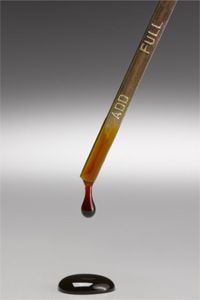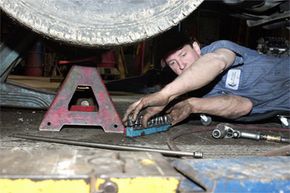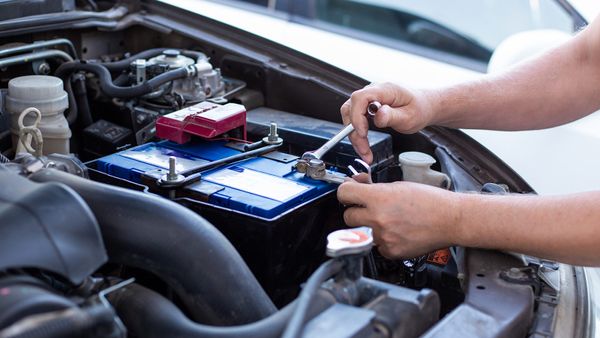If you're like most people, you worry a lot about your car's engine oil. This makes sense, considering oil bathes and lubricates the power plant of the vehicle. But it's the job of the transmission to parcel out the engine's power to the wheels, which means transmission fluid -- the magenta-colored lifeblood that coats gears and torque converters -- warrants just as much attention as engine oil.
Most cars on the road today have automatic transmissions and hence automatic transmission fluid, or ATF. Pressure changes within the ATF cause the transmission to switch gears. Even on a relatively simple drive, from your house to the office, let's say, the transmission and the fluid do quite a bit of work. Fluid temperatures soar to 175 degrees Fahrenheit (79 degrees Celsius), which seems hot to us but is perfectly normal for ATF. In fact, if fluid temperatures remained at 175 degrees Fahrenheit, ATF would mimic the Energizer Bunny and keep going and going for 100,000 miles (160,934 kilometers) or so. Unfortunately, fluid temperatures rarely stay in the optimal range. Numerous driving conditions -- stop-and-go driving, hauling a heavy load, driving long distances or up and down mountains -- can heat transmission fluid beyond acceptable limits. At these higher temperatures, ATF begins to break down, and your transmission begins to shift gears roughly, slowly or both.
Advertisement
This is why most manufacturers recommend that you change your ATF and filter every 20,000 to 25,000 miles (32,187 to 40,234 kilometers). Repair shops, quick-lube chains and service departments can do this for you, if you want to shell out the bucks. But it's not impossible to do it yourself as long as you have a little bit of knowledge and a few simple tools. And in a down economy, doing some of your own auto repairs and maintenance can save a fair amount of money in a year.
So let's get started. On the next page, we'll cover the tools and materials necessary to change the fluid in a car with an automatic transmission. Changing the transmission fluid in a manual transmission works a little differently. You should consult your owner's manual or, better yet, take your car to a good mechanic.
Advertisement





